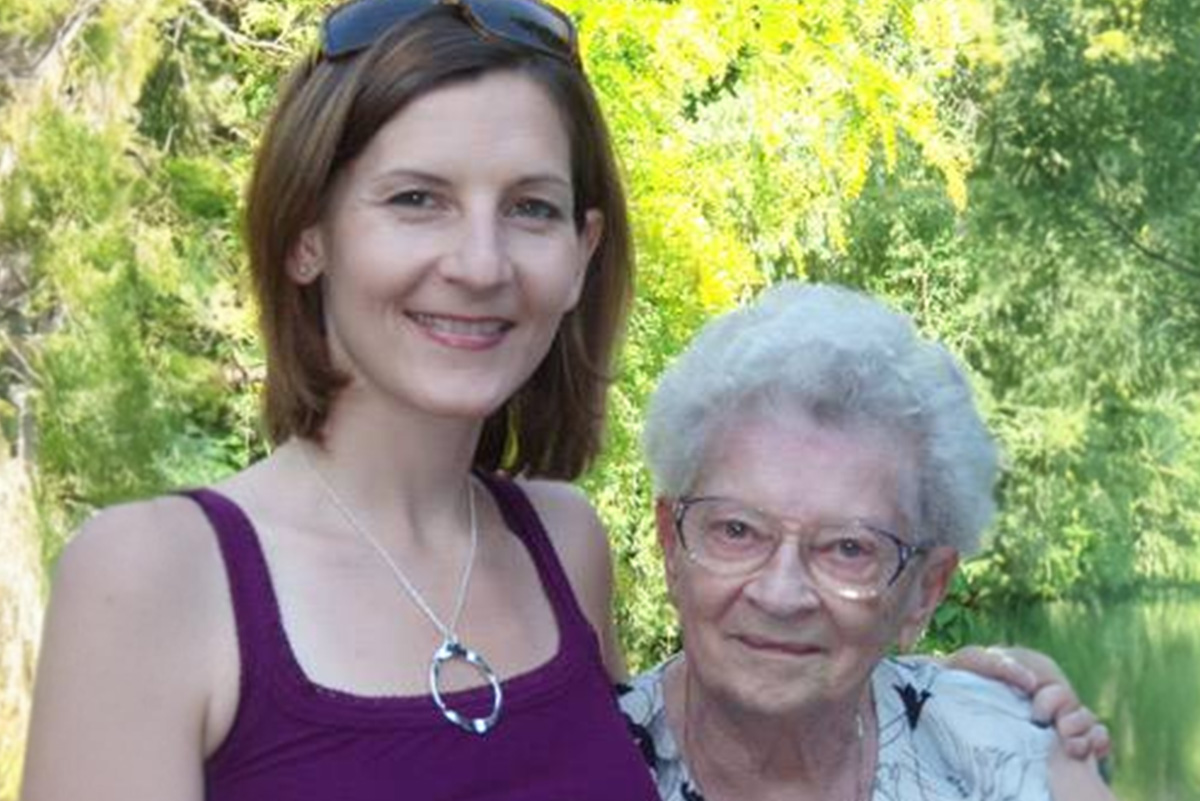February is Low Vision Awareness Month, a time to shine a light on low vision and the importance of early detection and low vision rehabilitation. Low vision is a condition in which a person experiences significant vision loss that glasses, contact lenses, medication, or surgery can’t fully correct. It affects millions of people, especially the elderly, and requires significant lifestyle adjustments. However, with the right treatment and support, individuals can still lead fulfilling lives.
What Causes Low Vision?
Low vision can be caused by a variety of factors, including:
- Eye diseases such as glaucoma, macular degeneration, cataracts, diabetic retinopathy, and retinitis pigmentosa.
- Eye injuries or trauma.
- Genetics or hereditary conditions.
These conditions can result in visual impairment and make everyday tasks challenging.
How Low Vision Affects Eyesight
Low vision typically causes partial vision loss, leaving the person with some ability to see. The condition often results in:
- Visual acuity worse than 20/70.
- Blurry vision, blind spots, or tunnel vision.
- Legal blindness (20/200 or less visual acuity in the better eye).
Although low vision does not result in total blindness, it can significantly impact daily life and may lead to age-related vision issues.
How Low Vision Affects Daily Life
With significant vision loss, completing everyday tasks becomes difficult. People with low vision may struggle with:
- Reading and writing.
- Cooking and housework.
- Watching television or driving.
- Recognizing people and objects.
It can be an emotional challenge for individuals to adjust to low vision, and it can lead to feelings of depression or loss of independence.
Visual Aids and Rehabilitation for Low Vision
Low vision rehabilitation is a crucial step for many individuals to manage their condition. Various visual aids can help maximize the remaining vision and improve quality of life. These include:
- Magnifiers: Available in handheld or stand models, and even binoculars or spectacle-mounted magnifiers.
- Lens tints: Low vision optometrists may recommend specialized tints to enhance vision or reduce light sensitivity, especially for conditions like retinitis pigmentosa or cataracts.
- High-contrast writing tools: Using large letters and dark pens on white paper helps with writing tasks.
- Digital aids: Consider using large print books or digital recordings like MP3s to make reading easier.
Many individuals find that working with a low vision eye doctor is the best way to identify the most effective solutions and adapt to the changes in their vision.
How to Make Life with Low Vision Easier
Here are some practical tips for making life easier when you have low vision:
- Adequate Lighting: Ensure your home is well-lit. It may require some trial and error to find the lighting that works best for you.
- High-Contrast Stripes: Add high-contrast stripes to steps or doorways to help avoid falls. For example, use a bright color on a dark staircase or a black stripe on light steps.
- Technology Aids: Look for assistive technologies that can make everyday tasks easier, such as apps or tools designed for low vision.
When to Seek Low Vision Treatment
If you or a loved one is experiencing low vision, don’t despair. The good news is that there are many resources and treatments available to help improve quality of life. Consult with an eye doctor or low vision specialist for a comprehensive low vision eye exam and to learn about the best treatment options available.
Take control of your vision today—if you or someone you love is struggling with low vision, request an appointment with a low vision optometrist and explore the low vision treatment options that can make life easier.
